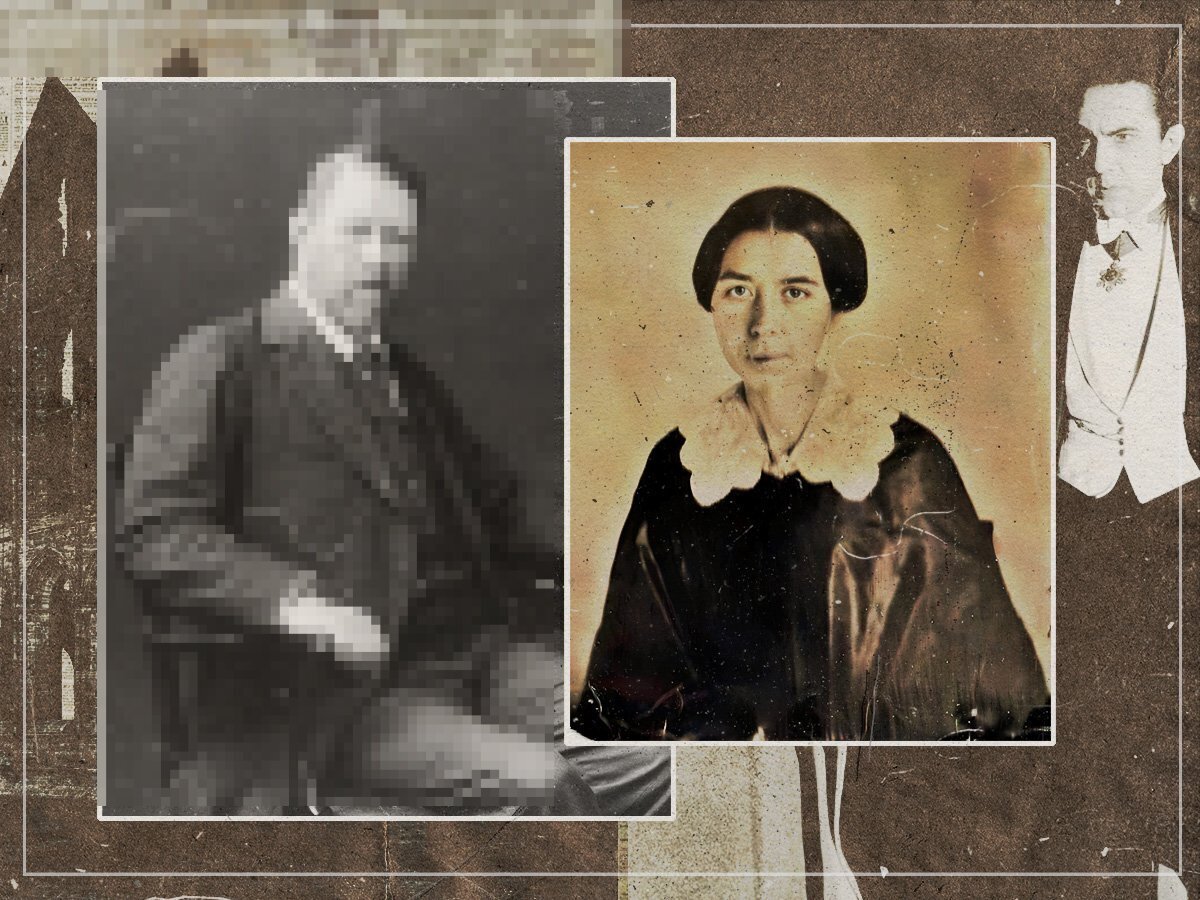
Who was Mercy Brown? Mercy Brown, often called the "Last New England Vampire," was a young woman from Exeter, Rhode Island, who died in 1892. Her death became infamous due to the bizarre events that followed. Why is she significant? After her death, her body was exhumed because locals believed she was a vampire causing her family's tuberculosis. This led to a strange ritual where her heart was burned and the ashes mixed into a potion for her brother. Why does her story matter today? Mercy's tale highlights the fear and superstition surrounding disease in the 19th century. It also offers a glimpse into how communities dealt with unexplained illnesses before modern medicine.
Key Takeaways:
- Mercy Brown's tragic story in Rhode Island sparked a vampire panic, leading to a macabre ritual. Her tale continues to captivate and inspire various forms of media and folklore, leaving a lasting impact on popular culture.
- The Mercy Brown case serves as a reminder of how fear and superstition can influence behavior. Her story is viewed through different lenses, including medical, historical, and cultural perspectives, continuing to intrigue people to this day.
Who Was Mercy Brown?
Mercy Brown, a young woman from Rhode Island, became a central figure in one of the most famous vampire cases in American history. Her story has intrigued many, blending folklore with real-life events.
- Mercy Lena Brown was born in 1872 in Exeter, Rhode Island.
- She was the daughter of George and Mary Brown, farmers in a small rural community.
- Mercy had an older sister named Mary Olive and a brother named Edwin.
- The Brown family faced a series of tragic deaths due to tuberculosis, then known as consumption.
The Tragic Deaths in the Brown Family
The Brown family experienced a series of unfortunate events that led to the belief that Mercy was a vampire. These events set the stage for the bizarre occurrences that followed.
- Mary Olive Brown, Mercy's older sister, died of tuberculosis in 1883.
- Mercy's mother, Mary Eliza, succumbed to the same disease in 1884.
- Edwin Brown, Mercy's brother, also fell ill with tuberculosis and was sent to Colorado for treatment.
- Mercy herself died of tuberculosis on January 17, 1892, at the age of 19.
The Vampire Panic
The deaths in the Brown family led to a local panic, fueled by superstition and fear of the unknown. This panic culminated in a shocking exhumation.
- Tuberculosis was poorly understood at the time, often leading to superstitious explanations.
- Locals believed that one of the deceased Brown family members was a vampire, causing Edwin's illness.
- On March 17, 1892, Mercy's body was exhumed from the Chestnut Hill Cemetery.
- Her body was found to be unusually well-preserved, which fueled the vampire hysteria.
The Exhumation and Ritual
The exhumation of Mercy Brown's body led to a series of events that were both macabre and fascinating. These actions were intended to stop the supposed vampire from harming the living.
- Mercy's heart and liver were removed from her body.
- The organs were burned, and the ashes were mixed with water to create a potion.
- Edwin Brown was given the potion to drink in an attempt to cure his tuberculosis.
- Despite the gruesome ritual, Edwin died two months later on May 2, 1892.
The Aftermath and Legacy
The story of Mercy Brown did not end with her death. Her tale has continued to captivate and inspire various forms of media and folklore.
- Mercy Brown's case is one of the best-documented instances of the vampire panic in New England.
- Her story has been cited as an influence on Bram Stoker's novel "Dracula."
- The Mercy Brown incident has been featured in numerous books, articles, and documentaries.
- The Chestnut Hill Cemetery, where Mercy is buried, has become a site of interest for those fascinated by her story.
The Cultural Impact
Mercy Brown's story has left a lasting impact on popular culture, influencing various forms of media and continuing to intrigue people to this day.
- Mercy's tale has inspired several fictional works, including short stories and novels.
- The case has been referenced in TV shows and movies exploring vampire lore.
- Mercy Brown's story is often discussed in the context of medical history and the understanding of tuberculosis.
- The vampire panic in New England is a subject of study for historians and folklorists.
Modern Interpretations
In modern times, Mercy Brown's story is viewed through different lenses, including medical, historical, and cultural perspectives.
- Historians view the Mercy Brown case as an example of how fear and superstition can influence behavior.
- Medical professionals use the case to illustrate the impact of tuberculosis on communities in the 19th century.
- Folklorists study the Mercy Brown incident to understand the development of vampire myths in America.
- The story is often used to discuss the importance of scientific understanding in combating disease.
Mercy Brown in Literature and Media
Mercy Brown's story has found its way into various forms of literature and media, continuing to captivate audiences.
- Bram Stoker's "Dracula" is believed to have been influenced by the Mercy Brown case.
- The story has been adapted into plays and radio dramas.
- Mercy Brown has been the subject of several non-fiction books exploring vampire folklore.
- Her tale has been featured in podcasts and YouTube videos dedicated to true crime and supernatural stories.
Visiting Mercy Brown's Grave
For those interested in the story of Mercy Brown, visiting her grave has become a popular activity.
- The Chestnut Hill Cemetery is located in Exeter, Rhode Island.
- Mercy's grave is marked by a simple headstone with her name and dates of birth and death.
- Visitors often leave tokens and notes at her grave, paying tribute to her story.
- The cemetery is open to the public, and guided tours are sometimes available.
The Continuing Fascination
Mercy Brown's story continues to fascinate people, serving as a reminder of how folklore and reality can intertwine.
- The Mercy Brown case is often discussed in academic settings, including history and anthropology courses.
- Her story remains a popular topic in paranormal circles, with many believing her spirit still lingers.
The Legacy of Mercy Brown
Mercy Brown's story remains one of the most intriguing tales from the 19th century. Her life and death have sparked countless discussions about vampire folklore and medical misunderstandings of the time. The fear and superstition surrounding her death highlight how communities dealt with tuberculosis before modern medicine provided answers. Mercy's tale isn't just about fear; it's also a reminder of how far we've come in understanding diseases. Her story continues to captivate those interested in history, folklore, and the human response to the unknown. Mercy Brown's legacy lives on, not just as a vampire legend, but as a symbol of a time when science and superstition were deeply intertwined. Her story serves as a fascinating glimpse into the past, showing how people once grappled with the mysteries of life and death.
Frequently Asked Questions
Was this page helpful?
Our commitment to delivering trustworthy and engaging content is at the heart of what we do. Each fact on our site is contributed by real users like you, bringing a wealth of diverse insights and information. To ensure the highest standards of accuracy and reliability, our dedicated editors meticulously review each submission. This process guarantees that the facts we share are not only fascinating but also credible. Trust in our commitment to quality and authenticity as you explore and learn with us.


